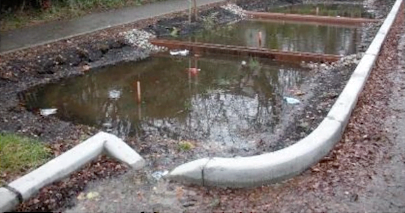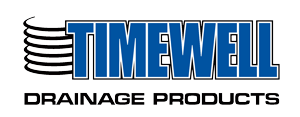Green infrastructure is a proven and effective means to reduce stormwater pollution and volume, but there remain critical barriers to its implementation. Many municipal codes and ordinances were written before the effects of land use and development on stormwater runoff were well understood. Outdated local regulations can have a broad impact on implementation of green infrastructure and often will directly or indirectly discourage or prohibit its use.
Based on the work of 1000 Friends of Wisconsin, the University of Wisconsin Sea Grant, developed Tackling Barriers to Green Infrastructure: An Audit of Local Codes and Ordinances, a workbook to help communities audit, revise and prioritize codes that deter the implementation of green infrastructure. What makes this project unique in comparison to similar audits? It recognizes the need for a “no judgement” approach in working with communities. Barriers to green infrastructure can vary widely within the code language, therefore, solutions need to be customized for the specific locality and cannot be satisfactorily addressed by model ordinances. The workbook can assist local zoning, land use and stormwater staff, planners and consultants in reviewing codes and ordinances to promote and advance green infrastructure practices that meet their own community’s goals.
During this presentation you will learn about why codes and ordinances are a major barrier to green infrastructure, common code challenges and the impact code amendments can have on stormwater runoff volume and pollution loads. You will be introduced to the workbook which includes a community-oriented engagement approach and provides a detailed codes and ordinances auditing tool.
About Instructors
Course Content






